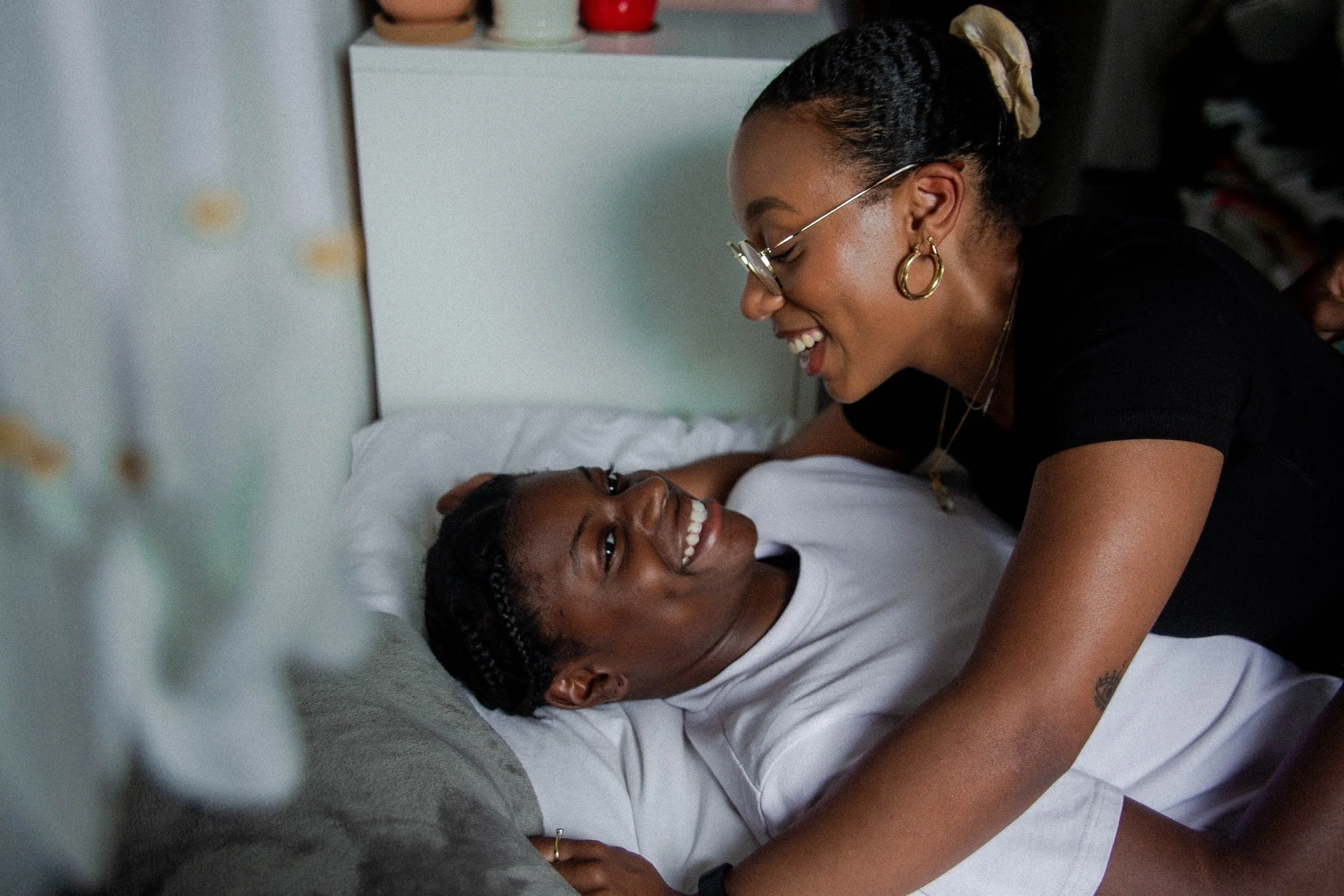Remember the first time you heard a classmate slip up and call the teacher “Mom”? It was probably funny, a few kids may have giggled, and everyone understood it was an obvious accident.
People are prone to misspeaking; we all know this. As our world continues to globalize and share information online, things can change pretty fast. New ideas become obsolete once a newer idea comes along, and old ways of thinking from even 20 years ago now are known to be deeply oppressive and inappropriate.
To avoid misgendering someone or coming off as behind-the-curve, I feel like I’m seeing more and more allies (ahem, especially therapists) overcompensate. No one wants to be cancelled or seem out of touch. But how many of those people are actually invested in changing the way they view the world, and using language to reflect those changes?
Really, they’re just adding a mixed bag of gender terms to their offerings. I don’t mean when they are actually addressing people with a variety of genders. I’m talking about when they just throw every possible term out there to cover their ass.
Rather than understanding why they use the words they choose, they just include everything to avoid “offending” someone.
People can handle being offended. But they shouldn’t stand for being oppressed.
While it’s great that you want to learn about people who have a different gender identity than you, let’s be clear. A person’s ability to be inclusive is not directly correlated with how many buzzwords they can memorize. Plus, if that’s all you rely on, your clients will see right through you and notice your bias when they interact with you. Regardless of how many rainbow flags are on your website.
Let’s talk about what allies get wrong when they skim the surface of gender identity by memorizing popular terms.
It’s not enough to change your language anymore. You must open the way you see the world.
What is nonbinary?
Nonbinary people may have hobbies, interests, or styles that seem obviously feminine or masculine to you, but that doesn’t mean their goal is to be 50% male and 50% female. Their goal is to be authentically themselves, regardless of gender roles and stereotypes.
A nonbinary person assigned female at birth (AFAB) is not a tomboyish girl because they shaved their head. Similarly, a nonbinary person assigned male at birth (AMAB) is not a feminine man because they wear heavy makeup. Start viewing nonbinary people as they are: completely separated from the gender binary. Once you wrap your head around that, your language will follow.
It’s easier to forgive an occasional slip up when it’s obvious that your head is in the right place. Therapists who embrace their clients’ identity and don’t just see them as exceptions are doing the real therapeutic work.
Stop Trying to sort and label Nonbinary People
The patriarchy raised us to see gender one way: you’re either male or female. If you assume everyone falls into one of these categories unless proven otherwise, no amount of adjusting your language will make you a safe person.
As an ally, you must shift your thinking to center those in society who are otherwise at the margins. Be curious about your clients instead of making assumptions. Not every nonbinary person who walks into your office will be thin, white, and assigned female at birth just because that’s the media’s favorite representation of what “nonbinary” looks like.
While You’re At It, Just Say “Women”…
…and not “people who identify as women.”
When you say “identify as,” I know what you’re trying to do.
You want to make sure you are including trans women. But you know, trans people have had to become quite skilled at detecting safety. Your “identifies as” isn’t the secret handshake you think it is.
The phrase suggests that some people claim to be women, while other people actually are women. It is categorizing and ranking levels of womanhood. Replace “identify as…” with “almost,” you’ll see how this continues to strip people of their identity.
People “who identify” as women are women. So call them just that: women.
(The same argument goes for men.)
Women and Nonbinary folks
When you say women and nonbinary folks, (don’t get me started on “folx”) I’m not sure what message you think you’re sending.
Are you talking to people socialized as women? (I’ve got news for you…)
Are you talking to people affected by patriarchal standards?
Are you talking to marginalized genders?
Are you just trying to make sure there are no cis dudes invited?
If You’re Unsure, Just say what you mean
“Marginalized Genders”
When we really get down to it, the reason we need so much discussion and change around gender identity and expression is because we still live in a patriarchy. Anyone who doesn’t fall into the category of being a heterosexual, cisgender male is being negatively affected by the patriarchy, making them “marginalized genders” (sometimes called MaGes).
This serves as a great umbrella term for a couple reasons. One, it acknowledges the person’s need for safety away from the patriarchy, and two, it doesn’t tie them to any specifically masculine or feminine qualities.
But if you mean women, it’s ok to say that. You don’t have to say people who identify as women, womyn, womxn, or wombyn.
At the end of the day, as long as you see people as their identity instead of their label, the words you choose matter less. Your inclusivity will be obvious as long as you’re caring, considerate, and curious about your clients. Open your thinking and let the words come naturally.
Queer and Trans Affirming Therapy in Long Beach
Prospect Therapy is a queer + trans affirming therapy practice based in Long Beach, CA, with a focus on mental health for first-generation, immigrant, and bicultural communities. We continue to provide online therapy for a variety of mental wellness and relationship concerns to clients throughout the state of California. Learn more about how we bring lived experience to our work with people of all ages in our communities by requesting a consultation below.

